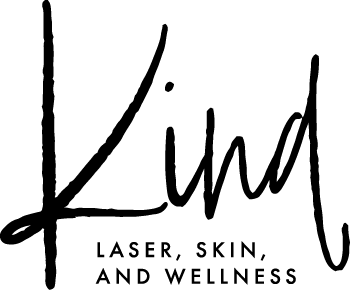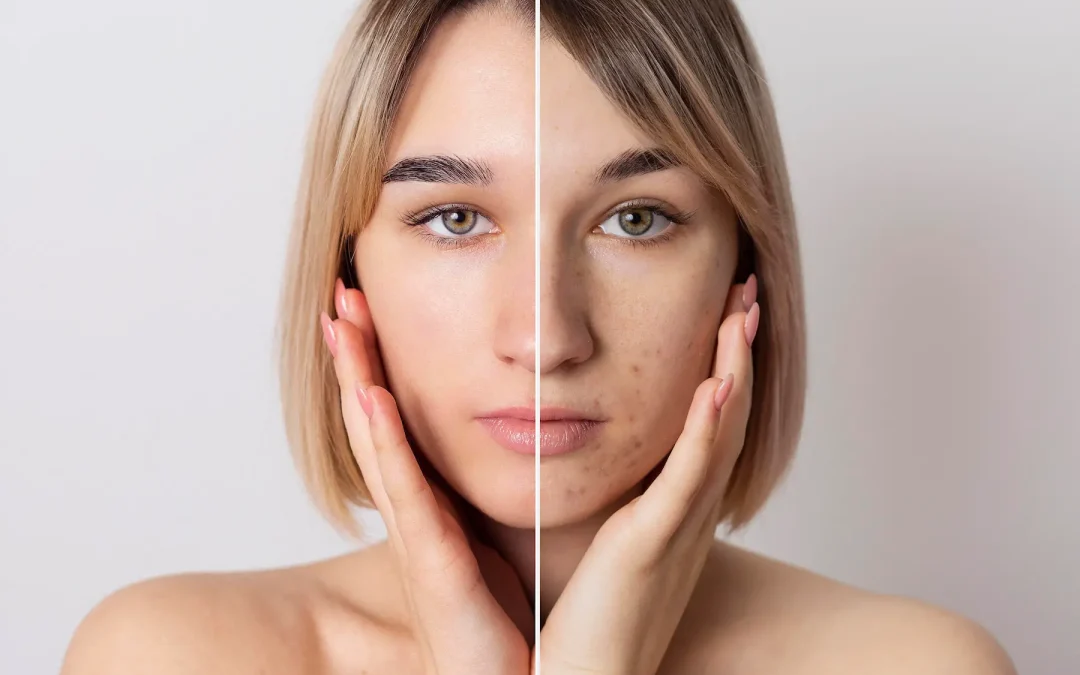Introduction
Dermaplaning has taken the skincare world by storm, offering smooth, glowing skin with minimal effort. But if you’re prone to breakouts, you may be wondering: Does dermaplaning cause acne? While it promises to exfoliate and remove peach fuzz, the idea of unwanted breakouts after the treatment can spark concerns. This blog will answer a key question. It will explore the risks and benefits of dermaplaning, especially for acne-prone skin. Plus, we’ll provide practical tips to prevent post-treatment breakouts. Let’s dive right in and find out if dermaplaning is a friend or foe to your skin!
What Is Dermaplaning?
Dermaplaning is a non-invasive exfoliation method. It involves gently scraping the skin’s surface with a sterile blade.. This process removes dead skin cells, fine facial hair, and debris that clog pores, resulting in smoother and brighter skin. Dermatologists or licensed aestheticians often perform the procedure. But, there are also DIY kits for at-home use.
It sounds simple. But, there are concerns about acne triggers. This is especially true for those with sensitive or acne-prone skin.
Does Dermaplaning Cause Acne? Breaking It Down
The short answer is no, dermaplaning does not cause acne. However, improper technique or poor aftercare can lead to breakouts. Below are the key factors to consider:
- Clogged Pores from Poor Aftercare: Skipping proper cleansing after dermaplaning can allow bacteria to enter freshly exfoliated pores, triggering breakouts. Always cleanse thoroughly after the procedure and apply a lightweight, non-comedogenic moisturizer to protect the skin.
- Skin Sensitivity or Irritation: Dermaplaning removes a protective layer of dead skin cells, which can temporarily make the skin more sensitive. If not followed by proper care, this sensitivity can lead to irritation and inflammation, which may resemble acne flare-ups.
- Pre-Existing Acne: Performing dermaplaning on active acne is not recommended, as it can aggravate inflammation and spread bacteria, potentially worsening the breakout. Always consult a professional before dermaplaning over acne-prone areas.
- Allergic Reactions to Skincare Products: Using harsh or incompatible products post-treatment can clog pores and cause an allergic reaction. Stick to gentle, fragrance-free skincare to prevent unwanted side effects.
- Touching the Face Frequently: After dermaplaning, the skin is more prone to bacterial contamination. Avoid touching your face with unclean hands to prevent the spread of bacteria that could cause breakouts.
Frequently Asked Questions About Dermaplaning and Acne
1. Can Dermaplaning Help with Acne Scars?
Yes, dermaplaning can improve the appearance of acne scars by removing dead skin cells and promoting new cell growth. However, it’s more effective for shallow scars rather than deep, pitted scars.
2. How Soon Can I Expect Results from Dermaplaning?
Many people notice smoother, brighter skin immediately after treatment. However, consistent treatments every 4-6 weeks are recommended for the best results.
3. What Should I Avoid After Dermaplaning?
After dermaplaning, avoid heavy makeup, direct sun exposure, and harsh skincare products for at least 24-48 hours to prevent irritation or breakouts.
4. Is It Safe to Dermaplane at Home?
While it’s possible to dermaplane at home using DIY kits, it’s essential to follow safety guidelines carefully to avoid cuts, irritation, and infections. For those new to the treatment, consulting a professional is recommended.
5. Can Oily Skin Benefit from Dermaplaning?
Yes, oily skin can benefit from dermaplaning, as it removes dead skin cells and allows better product absorption. However, it’s crucial to maintain a proper skincare routine to prevent clogged pores post-treatment.
How to Prevent Breakouts After Dermaplaning
- Use a Gentle Cleanser After dermaplaning, wash your skin with a mild, non-foaming cleanser. It will remove any bacteria or debris.
- Apply a Soothing Serum A hydrating serum with hyaluronic acid can help calm and nourish the skin. Avoid heavy oils or pore-clogging ingredients.
- Stay Hydrated Drinking water helps maintain your skin’s natural barrier and promotes healing.
- Avoid Touching Your Face Keep your hands off your face. It can cause bacteria and breakouts.
- Follow with Sunscreen Dermaplaning makes your skin more sensitive to UV rays. Always wear sunscreen to protect your fresh skin and prevent hyperpigmentation.
Conclusion
If you’re worried about how dermaplaning might affect your acne-prone skin, stop by Kind Laser Skin and Wellness in Ann Arbor. Our skincare experts can evaluate your skin and create a treatment plan that’s right for you. With proper preparation and aftercare guidance, you’ll be able to enjoy all the benefits of dermaplaning – like smoother, brighter skin – without stressing about breakouts.

